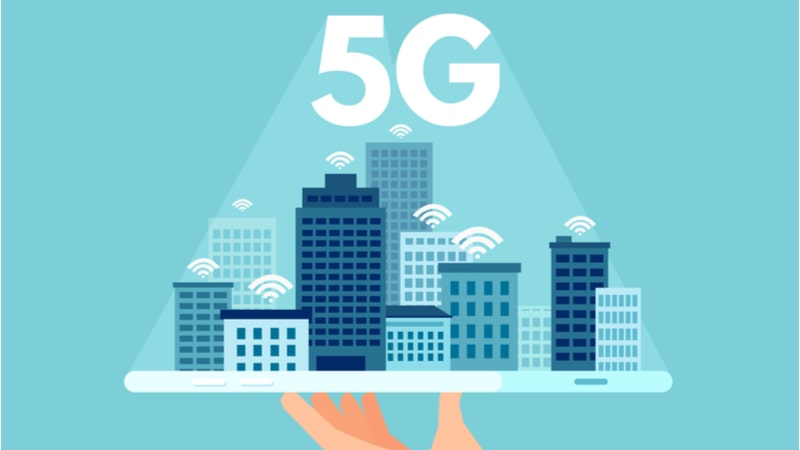
A new research study found that nearly 90 percent of Federal agencies plan to adopt 5G technology into their infrastructure to support mission imperatives, but challenges in cybersecurity and cost still cause major concerns.
The research study – entitled Enterprise to the Edge: Agency Guide to 5G and released by General Dynamics Information Technology (GDIT) – surveyed 500 officials from civilian, defense, and intelligence agencies to analyze the progress the Federal government is making to deploy 5G capabilities, the benefits and challenges agencies are expecting, and what mission impacts it will have.
“5G is no longer a buzzword. It’s clear the Federal government is looking at 5G as an actual capability,” Robert Smallwood, vice president of Digital Modernization and Enterprise IT at GDIT, said during a virtual press briefing on Nov 17.
Specifically, the study found that 89 percent of Federal agencies have plans to adopt 5G technology, with 44 percent already piloting or deploying 5G. The research found that Federal agencies plan to use 5G in two general categories: networking and connectivity, and mission-enabling applications.
In the near term, 77 percent of respondents plan to adopt 5G technology for improved network capability, platform connectivity is second at 61 percent and, smart infrastructure ranks third at 50 percent. For longer-term 5G adoption goals, agencies are planning mission-enablement use cases. Command and control is number one at 41 percent and logistics and manufacturing is second at 28 percent.
However, the study also showed that agencies are anticipating myriad challenges with implementing and managing 5G technology. The top concern is cost and budget (91 percent).
“But even while the budget remains a concern, agencies are continued to make 5G a priority, with 58 percent saying 5G will be an investment priority in the next 12 months, with that number growing to 79 percent in the next three years,” said Smallwood.
Federal agencies embracing 5G were also concerned about cybersecurity risks that the adoption of this technology may bring, with 87 percent concerned about increased cybersecurity risks due to an expanded attack surface from more remote devices.
“There will be hesitancy to adopt a technology that brings cyber risk which is why we on the industry side need to make sure that we bake in cyber measures into these solutions,” said Kristin Seaver, vice president of Strategic Client Engagement at GDIT. “This is where that industry and government partnership becomes crucial.”
Seaver also explained that the 5G journey is not just an IT journey and “to ensure that an agency understands security measures that are baked into the 5G technology they adopt they need to educate every member of their team,” she said.
Yet as Federal agencies begin to plan for 5G, 6G is not that far behind. Investments in 5G technology, according to the industry experts in the press briefing, are the foundation for the development and adoption of future telecom generations, such as 6G.
“Investing in 5G is not only an imperative for today, as previous networks like 3G are decommissioned, but it is also an investment in the technology of the future. 6G is not far behind 5G, and the sooner agencies can position themselves to take advantage of those opportunities, the more effective they will be at driving value from the technology,” said Shuaib Porjosh, director for advanced wireless at GDIT.
